

CALIFORNIA/ARIZONA
March 2001

2 of 3


CALIFORNIA/ARIZONA
March 2001


2 of 3
All text copyright © Eitan Grunwald. All photographs copyright © Eitan or Ron Grunwald
except photographs by others are copyright per photo credits. All rights reserved. Terms
Our first few days in the desert are nearly devoid of all reptile life; we see some lizards at a distance, that’s about
it. We’re a bit too early, still too cold for cold-blooded critters to be moving. Our consolation is being here on time for
the desert in bloom, stunning pin cushions on the sandy dunes.
We continue east into Arizona, exploring barren dunes that roll down to the Mexican border. Not much except
creosote, sparse bushes that hold their own, and shore up rodent holes that tunnel beneath their roots.
Ron and I split up and eventually lose sight of each other behind the ridges. After half an hour of seeing nothing,
I conclude it’s simply too cool for reptiles, so I decide to give up wandering until it gets warmer. I lie down on the soft
sand, close my eyes, and soak up the sun while settling in for a nap. It’s all quite peaceful, except for the military jets
practicing take-offs directly overhead, and the gunfire from a nearby riflery range.
What does eventually interfere with my sleep, however, is a barely audible noise that sounds disturbingly like a
voice. It has the distant rise and fall of two syllables, similar to someone far away calling for their dog. It gradually
dawns on me that those two syllables might be “Ei-tan” so I make a point of listening more closely.
Could be, but hard to tell; I get up and begin walking in the direction of the tiny sound. As I approach it becomes
louder and clearer, and now I can distinctly hear my name. I answer with a single syllable “Ron!” and keep moving
closer, until up over a ridge comes the waving figure of my brother. When he finally sees me, his cry changes to a
different set of syllables
―
“Cer-as-tes!!”
―
and I start running as fast as I can through the sinking sand. I can’t believe
it, he’s found a Sidewinder!
Seems that while I was dozing, Ron was systematically searching the base of every creosote he passed, looking
for anything that might have surfaced with the rising temperature. Somehow among all those random bushes he
managed to spot the curved lines of a snake coiled in the shadows. It’s great to find herps while road cruising or
flipping artificial cover, but somehow nothing compares to finding a snake in its natural habitat, getting a glimpse of
how it lives at home.
This is what we had come for, to find an iconic western species we knew from countless desert documentaries,
but had never seen in the wild. Now it doesn’t matter how cold it gets, or how few reptiles we find; this moment alone
is well worth the trip.
We continue east until we arrive at our camping destination: Mohawk Dunes in the Barry M. Goldwater
Bombing Range. Hey, what can I say? Extremism in defense of lizardy is no vice.
Actually, we do steer clear of the hot zone as an occasional boom reminds us where to avoid. Instead we set out
for a hike on the dunes, a long berm that rises above the rocky desert floor like the sandy raceway of a giant mole. In
point of fact, the sands are riddled with rodent tunnels, our feet suddenly sinking into holes caused by the collapse of
burrows beneath the surface.
It’s late afternoon, and as temps continue to drop, it becomes more doubtful that any herps will be on the surface.
So we’re walking along, not expecting to see anything, when a movement suddenly catches my eye, a kind of hop off
to the side. My first reaction is “Toad”, but then I think, “In the middle of the desert?” My next reaction is “Toad!” as
my eyes resolve the camouflaged outline of another of our top targets, a Horned Toad! This is one desert creature
(actually a lizard, not a toad) that we had really wanted to find. Pick it up and marvel at just how flat and round its
thorny little body can compress, and how beautifully its subtle colors and skin texture blend with the course sand.
Retracing our steps we discover one more lizard on the dunes, a pale Banded Gecko that’s hiding in a deep
footprint we had made an hour before!
As the dunes become shadowed by adjacent mountains we climb to higher ground in hopes that some reptiles
might still be soaking up late afternoon rays.
The rocks are warmer than the sands, but except for a few fast lizards, there is nothing to be seen but the
beautiful scenery. So we settle for that and the setting sun.
After dark we decide to go for a hike in the desert night. Walking along a dirt road we see something bouncing
up ahead in the beam of our flashlights. It’s a springy little Kangaroo Rat, looking way cute with its big eyes, clown
feet, and tufted tail.
“Let’s catch it!” I start running while Ron keeps the zig-zagging rodent in his spotlight. Toss my fleece through
the air, and it gently falls on the K-Rat, covering him like a blanket. Using my beret as a glove, I carefully envelope the
fidgety furball and slide him into the zippered pocket of my fleece, where he quickly calms down. After returning to
our tent for photographs, we release him unharmed, and he merrily hops off back into the bombing range.
Next day we return to California, stopping at sand dunes en route. Again we see only a few lizards, but at least
we find another lifer: a Desert Iguana. For a change the temperature works in our favor; once they’re warmed up,
Desert Igs are hard to catch, but this one is still sluggish from the chilly morning. Doesn’t look much like his green
cousins down south, but notice the hint of spiny ridge along the back, typical of all Iguanas.
That’s it for the day. Most of our time is spent driving back towards the coast, with a few stops along the way to
flip boards, but we make no finds. So we do what all hardened herpers do after a difficult day in the field: check into
a motel, go out to dinner, and take in a movie. We have one more day to go; hopefully we’ll see more tomorrow.
Desert Iguana
Dipsosaurus dorsalis
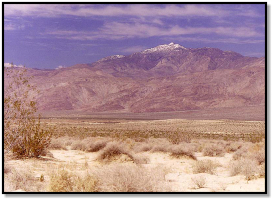
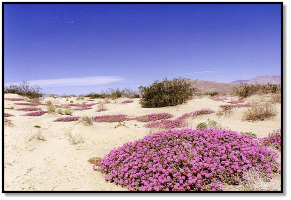
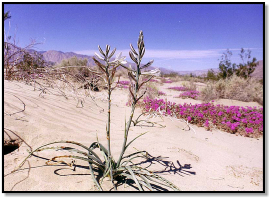

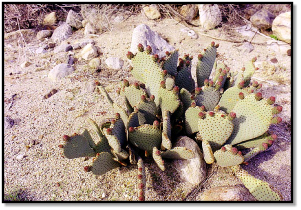

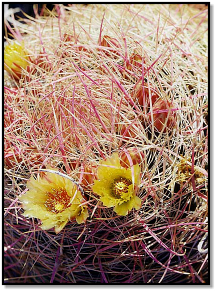
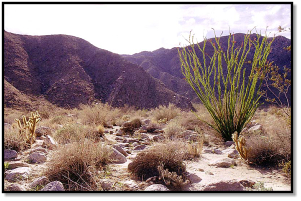
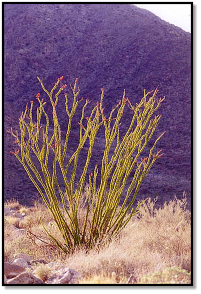
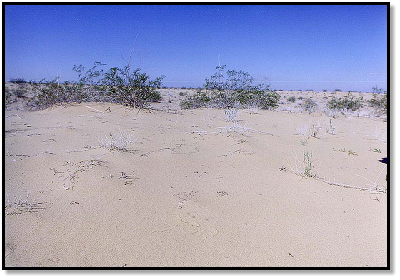
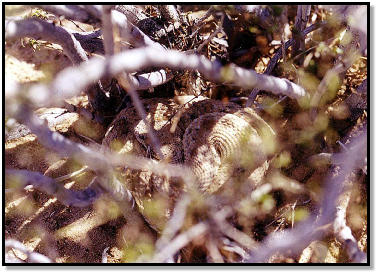
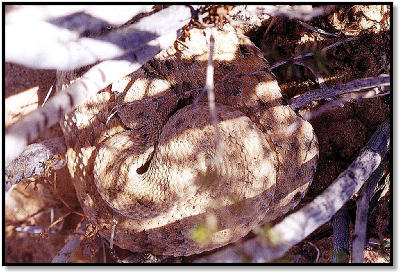
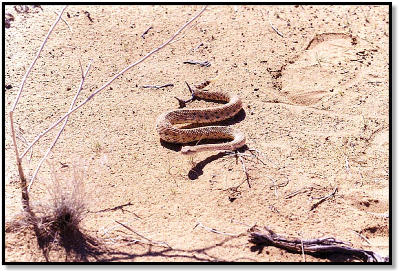
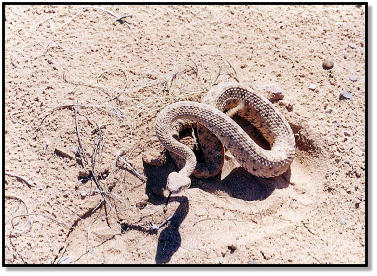
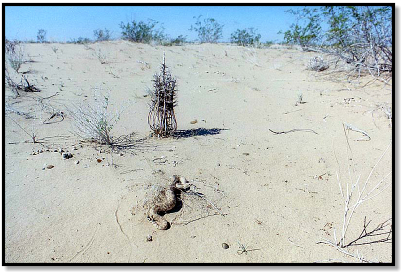
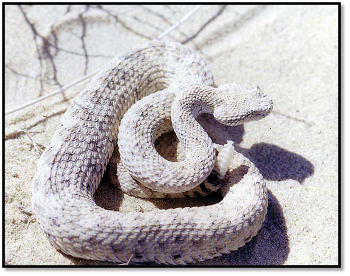
Colorado Desert Sidewinder
Crotolus cerastes laterorepens
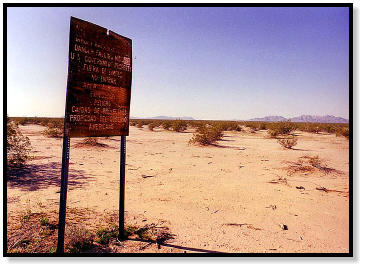
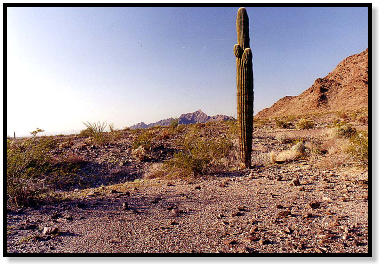
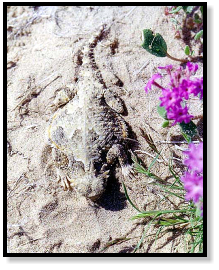
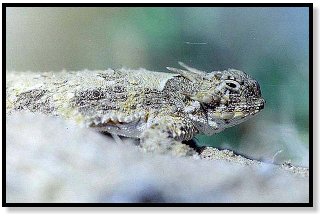
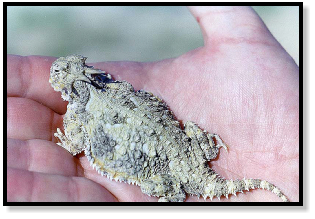
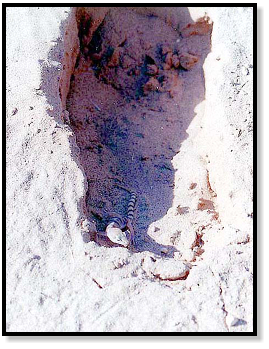
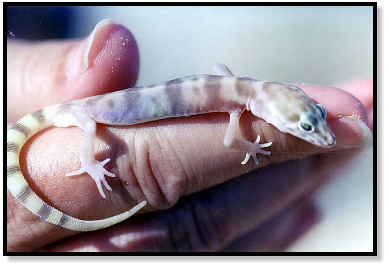
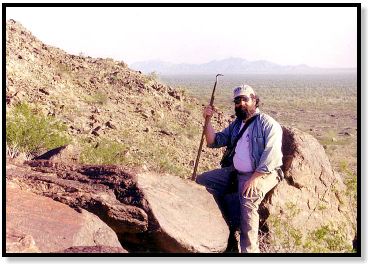


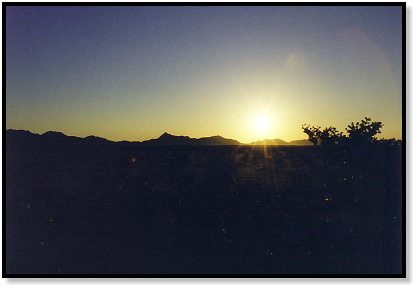
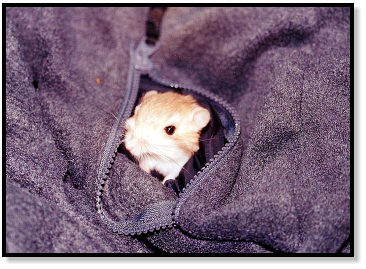


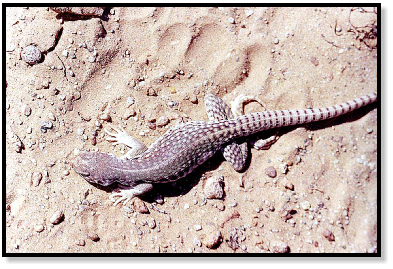
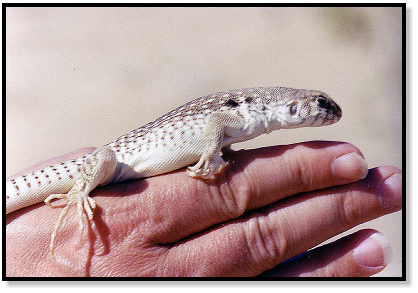

Southern Desert Horned Lizard
Phrynosoma platyrhinos
DANGER ― FALLING MISSLES







